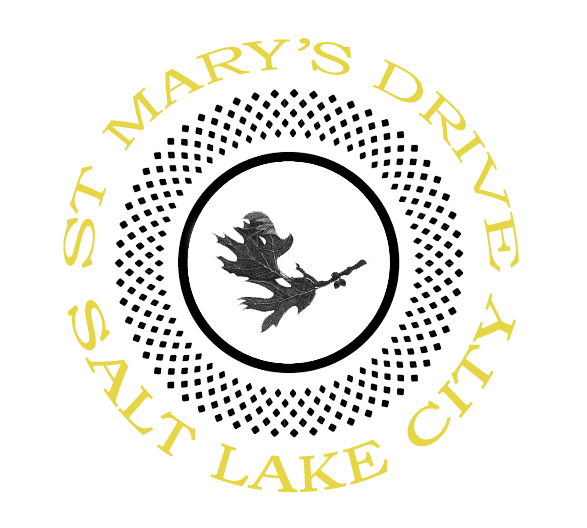Color awareness teaches people to use an often-overlooked aspect of their senses to promote well-being.
Generally, the longer-wavelength colors—“warm” colors like red, orange, and yellow—rev us up, while the “cooler colors,” which have shorter wavelengths, calm us down.
While our perception of warm and cool colors is thought to be universal, some quirks of color psychology are particular to each individual. We react to color by traveling a twisty path through our physical sensations, the collective unconscious, cultural norms, and finally, our specific personal history with a certain color. We may find white houses to be clean and fresh because we grew up in one, for instance, or find them sterile and dull for the same reason.
Consider The Possibilities!
Turquoise. Insight, progressive thinking, healing.
Red. Self-motivation, leadership, generosity.
Chartreuse. Flexibility, growth, expansion.
Pink. Support, nurturance. sympathetic understanding.
Black. Self-sufficiency, individualism, protection.
Burgundy. Adventure, emotional play and expression.
Green. Clear perception, self-recognition, compassion.
Orange. Quick-thinking, intuition, independence.
Yellow. Communication, observation, analysis.
Blue. Clear thinking, diligence, organization.
Mint. Self-healing, tranquility, time-out.
Indigo. Self-reliance, clear and holistic thought.
White. Cleansing, protective, simplification.
Gray. Need a vacation, acute sensibility, calming.
Purple. Artistry, spirituality, culture.
Yellow Orange. Life-promoting creativity, quickness.













